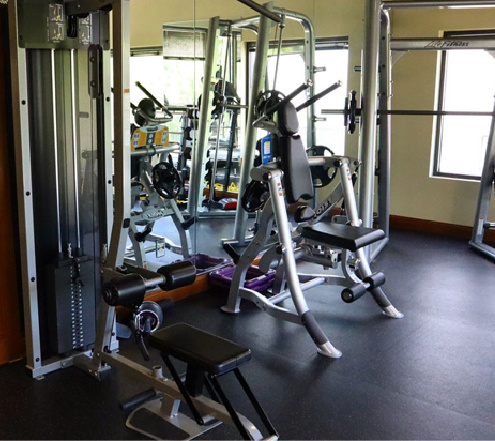Degenerative spinal stenosis is a form of arthritis that occurs in the joints of the lower back, also known as the lumbar spine. Join Dr. James L. Chappuis, a board-certified spine surgeon and the founder and CEO of Spine Center & Orthopaedics Atlanta, as he delves into the world of degenerative spinal stenosis, its causes, symptoms, and treatment options in a recent video discussion.
How does degenerative spinal stenosis occur?
Similar to arthritis that may affect the hips or knees, spinal stenosis is a result of the natural aging process of the bones and discs. The degeneration begins with arthritis in the lumbar spine joints, leading to disc deterioration and the collapse of the surrounding vertebrae. This, along with the thickening of the nearby ligamentum flavum, results in a narrowing of the spinal canal, which eventually compresses the nerves. Over time, this narrowing can cause pain, numbness, or weakness in the lower back.
Available Treatment Options: Surgical and Non-Surgical
There are several methods used to treat spinal stenosis and its symptoms. The type of treatment a doctor recommends depends on the severity of the condition and the level of pain. Below are a few examples of available treatments.
- Non-Surgical Methods:
- Conservative Measures such as physical therapy and anti-inflammatory stretches
- Epidural Block Injections
- Facet Injections and Medial Branch Blocks
- Radiofrequency Ablation (RFA)
- Surgical Methods:
- Laminoforaminotomy
- Foraminotomy
- Fusions using a Coflex® device
Surgery Indicators
There are several indications that suggest a spinal stenosis patient may require surgery. The primary factor in deciding whether surgery is needed is the source of the pain. If the patient is experiencing primarily leg pain, it is likely that a nerve root or the spinal cord is being pinched. This is typically treated with a laminoforaminotomy. If the patient is experiencing significant back pain, it may indicate a more severe case, possibly requiring a spinal fusion.
Fusion with Coflex® Device
If a fusion is needed, the most common tool used to treat a spinal stenosis patient is a device such as the Coflex® device. This device is used in conjunction with fusions to enhance spinal stability and allow the facet joints to open properly, ultimately relieving pain.

What to Expect After Spinal Stenosis Treatment
Despite the wide range of treatments available for spinal stenosis, there is always a possibility that, over time, a different level in the spine may become symptomatic. This is because spinal stenosis is a degenerative condition that may worsen with age. Therefore, ongoing monitoring and adjustments to treatment may be necessary to manage symptoms and maintain spinal health in the long term.
Final Thoughts
Spinal stenosis is a degenerative condition that can cause pain and discomfort, but with appropriate treatment, symptoms can often be managed. Surgical options like laminoforaminotomy or spinal fusion may be recommended in more severe cases. As the condition progresses over time, it’s important to stay proactive with monitoring and treatment to ensure long-term spinal health and continued well-being.
Looking to Start Your Journey to a Stronger Spine?
At Spine Center & Orthopaedics Atlanta, our priority is to provide comprehensive care for every patient. From the beginning to the end of the journey, our team will be with you every step of the way. From our highly skilled physical therapists to our board-certified surgeons, you will always have the support you need!
Contact Us
Are you in need of a personalized spine stabilization routine to get back to a stronger version of yourself? Contact our team today and start your healing journey with Spine Center Atlanta!





























